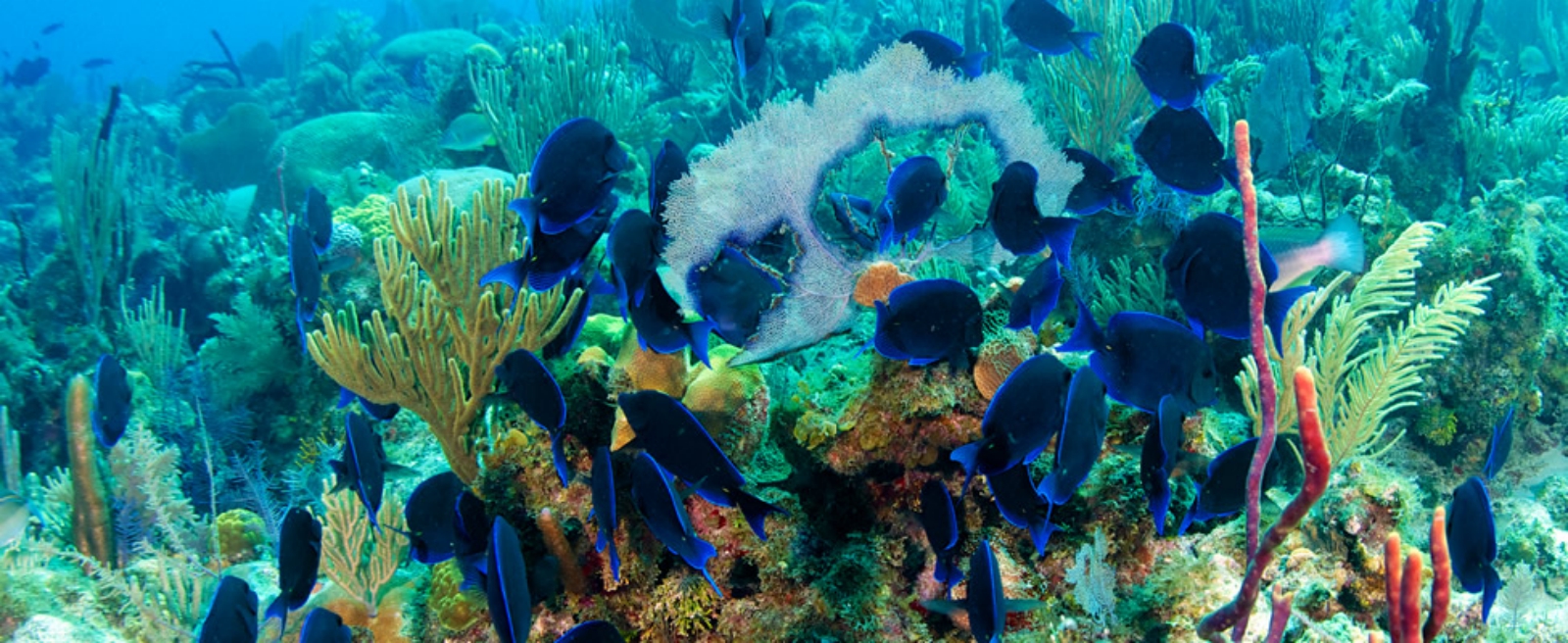
An Asian cautionary tale for Cuba and the United States
The headline and sub-headline in the business section of this Sunday’s New York Times succinctly frame the story that follows:
“The Banks Putting Rainforests in Peril”
“Global lenders, sometimes flouting their own policies, have financed projects that destroy ecosystems and contribute to climate changes.”
In 2015, environmental watchdogs saw disturbing satellite images of what looked like a massive burn of a rainforest in Kalimantan province on the Indonesian island of Borneo. When they arrived at the site, they discovered massive devastation: “a charred wasteland, smoldering fires, orangutans driven from their nests, and signs of an extensive release of carbon dioxide into the atmosphere.” (New York Times, December 4, 2016). As one environmentalist remarked, “there was pretty much no rainforest left.”
The direct perpetrator of this environmental crime is a huge and politically connected conglomerate known as the Rajawali Group. But responsibility for the outrage extends far beyond Rajawali. It extends to several high-profile financial institutions — including Bank of America and Credit Suisse that provided the group $235 million in loans to buy land to be burned to create a palm oil plantation.
The burning of the West Kalimantan forest is only the crest of a much bigger fireball that is engulfing vast rainforests in Indonesia and other countries of Southeast Asia. American, Japanese, and European banks are providing at least $43 billion for a much bigger burn. That total does not include loans that have not been made public nor any operations outside Southeast Asia.
Given the vastness and global environmental importance of the Amazon, saving it has been the main focus for environmental activists for decades. Meanwhile, Southeast Asian rainforests are being systematically decimated. Indonesia alone loses 2.1 million acres of rainforest a year. Moreover, the damage is not confined to climate change, loss of species, and regional environmental destruction. Smoke from the fires has an adverse effect on human health as well. A study by Harvard and Columbia universities estimated such fires have caused 100,000 premature deaths in Southeast Asia.
The Southeast case brought to mind an earlier story in the same newspaper that described an exhibit at the American Museum of Natural History that displays Cuba’s extensive and relatively unspoiled “natural theater:”
“Extending nearly 800 miles, greater than distance between New York and Atlanta, it embraces mangrove swamps, scrubland, savannas, forests and spectacular coral reefs, for the world’s smallest bird (the bee hummingbird), alarming leaping crocodile, and the ultra-elusive ivory-billed woodpecker.”
Divers, who for decades have observed first-hand the decline of coral reefs across the Caribbean, have reported feeling as if they were going back in time when diving in Cuba, especially the waters of the Gardens of the Queen, a reef off the south coast.
As Cuba increasingly welcomes foreign investment, I worry about whether the nation’s relatively sophisticated system of environmental laws and regulations and its natural land and marine preserves will prove robust enough to protect the nation’s natural treasures. While in the long run pristine reefs and exotic animals are a source of wealth, attracting tourists and performing invaluable ecological functions, in the short run, Cuba has acute economic needs and some of the same rapacious interests at work in Southeast Asia and elsewhere already have their eyes set on Cuba. My hope is that Cuba has learned the lessons of South America, Africa, and Southeast Asia and resist the temptation of short term gains.
This issue has special resonance right now in the United States as well. The incoming Trump administration is vowing to shred decades of environmental regulation in quick order. Right now, an imminent confrontation is brewing between Native Americans and environmentalists on the one hand and corporate interests on the other over an oil pipeline that is set to cross land near the Standing Rock Sioux Reservation in North Dakota. The Indians claim the land as their own and are resisting construction of the pipeline, but the authorities are getting ready to forcibly remove or arrest the demonstrators.
For its part, the Obama administration has taken some steps to slow down the pipeline. In contrast, Donald Trump has spoken out in favor of completing it.
According to a poll, about two-thirds of those who voted for Trump said they saw this election as “the last chance for America.” Instead, the 2016 election may prove to have been the last best chance for the fate of the planet.


